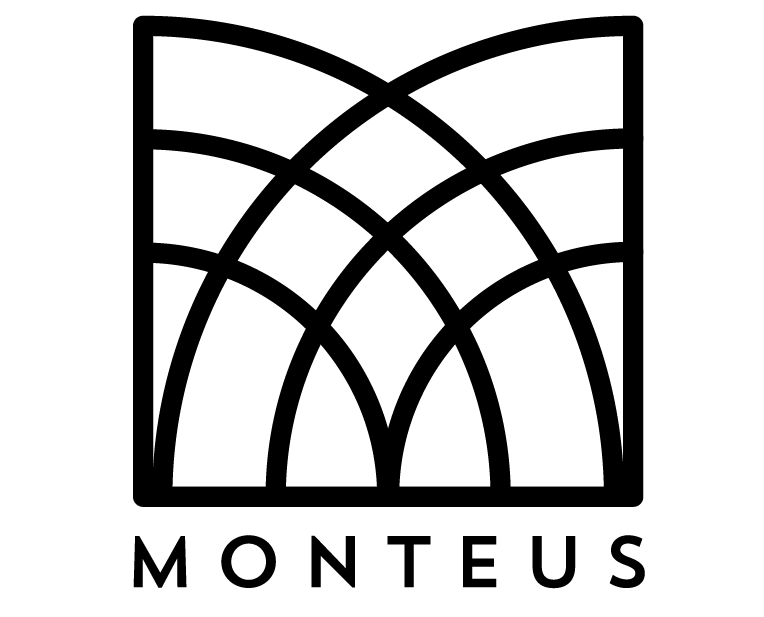Invoice Financing
A form of financing known as “invoice finance” enables companies to borrow money using outstanding invoices as security. It can be a helpful tool for companies who have a lot of unpaid invoices from customers yet require funds to pay bills or support new initiatives. Invoice financing comes in a variety of forms, such as invoice factoring and invoice discounting.
In the process of factoring invoices, a business offers a financing company a discounted price for its unpaid bills. The finance company then pursues payment from the clients of the business on the bills. When a business engages in invoice discounting, it keeps ownership of its bills and keeps trying to get paid for them, but instead obtains a loan from a financing company based on the value of the outstanding invoices.
Businesses who require a quick infusion of cash and have a large number of outstanding invoices may find invoice financing to be a viable solution. It enables firms with a high amount of invoices and a lengthy payment cycle to get paid more rapidly and improve their cash flow, making it a particularly valuable choice for those companies. However, because the cost of borrowing can be considerable, it is crucial for firms to carefully analyse the conditions of any invoice finance arrangement.
Pros and Cons of Invoice Factoring
For companies in need of an immediate infusion of cash, invoice factoring can be a useful tool, but it is not always the best option. Here are a few advantages and disadvantages of invoice factoring:
Pros:
Quick access to funds: By using invoice factoring, companies can receive payment for their unpaid invoices more rapidly, which can benefit their cash flow.
Simple to qualify for: Because invoice factoring is based on the creditworthiness of the business’s clients rather than the creditworthiness of the business itself, it is often simpler to apply for than other forms of financing.
No security is needed: Since invoice factoring often doesn’t need collateral, it is an option for companies without assets to utilise as security.
Cons:
Cost: Since businesses must pay a charge to the factoring company in order to use the service, invoice factoring can be pricey.
Control is lost: When a company sells its bills to a factoring company, it gives up control over the collection procedure. If the company has a solid relationship with its clients and does not want to run the risk of jeopardising it by entrusting the collection process to a third party, this could be an issue.
Confidentiality: Because it can jeopardise their relationships with their clients, some companies may not wish to disclose the existence of unpaid invoices to a third party.
In general, invoice factoring can be a helpful tool for companies that want an immediate infusion of cash but lack the collateral or creditworthiness to be approved for other forms of financing. Before making a deal, it’s crucial for businesses to thoroughly weigh the expense and potential drawbacks of invoice factoring.
Example of Factoring
Here is an example of how invoice factoring might work for a business:
Let’s say a business called “Acme Inc.” has an unpaid invoice for $10,000 from one of its customers. Acme Inc. needs cash quickly to cover expenses, so it decides to use invoice factoring to get paid more quickly.
Acme Inc. contacts a factoring company and agrees to sell the unpaid invoice for $9,500. The factoring company agrees to purchase the invoice and agrees to pay Acme Inc. $9,500 upfront. The factoring company then takes responsibility for collecting payment on the invoice from Acme Inc.’s customer.
Once the factoring company collects payment on the invoice, it will pay Acme Inc. the remaining balance, minus any fees or interest. In this example, if the customer pays the invoice in full, the factoring company might pay Acme Inc. an additional $500, for a total of $10,000.
This example illustrates how invoice factoring can provide a business with a quick infusion of cash in exchange for a discounted price on an unpaid invoice. However, it is important to note that the cost of invoice factoring can vary and will depend on the terms of the arrangement and the creditworthiness of the business’s customers.
Example of Factoring
Here is an example of how invoice factoring works:
XYZ Company is a small business that provides consulting services to other businesses. It has several clients, and it typically issues invoices to its clients on a monthly basis. However, the clients often take 30-60 days to pay their invoices, which creates a cash flow problem for XYZ Company.
To improve its cash flow, XYZ Company decides to use invoice factoring. It contacts a factoring company and discusses its needs. The factoring company agrees to purchase XYZ Company’s unpaid invoices for a fee, which is typically a percentage of the invoice amount.
XYZ Company continues to provide services to its clients and issues invoices as usual. When a client pays an invoice, the payment is sent to the factoring company, which deducts its fee and sends the remainder of the payment to XYZ Company. This allows XYZ Company to get paid more quickly for its services, improving its cash flow.
In this example, invoice factoring allowed XYZ Company to access the cash it needed to cover its expenses and fund new projects without having to wait for its clients to pay their invoices. However, it is important to note that XYZ Company had to pay a fee to the factoring company for the service, which could impact its profitability.
